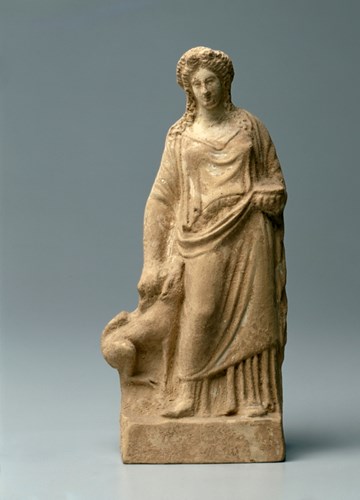Third day | 16th of Boedromion | Elasis – Alade Mystai
The sea had its honour on the 16th of Boedromion. Since dawn, the city resounded with the cry “Alade mystai” (To the sea, mystai) as the heralds invited the prospective mystai to be cleansed in the ocean. The walk to the coast was known as Elasis. Each initiate was accompanied by his mystagogos and carried a piglet, which was also to be cleansed. The nearest beach to the city was the east side of Faliron or the Piraeus peninsula. The initiates probably used carriages to take them to the beach under the watchful eye of the epimeletes. The mystai entered the water with their piglets in a process of physical cleansing and spiritual purification. It was a solemn and austere ritual, which, however, was not always completely safe. Plutarch mentions the case of an initiate who was taken by a “big…





